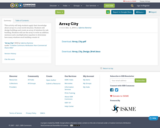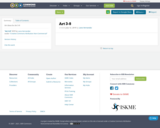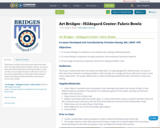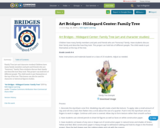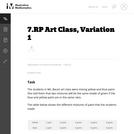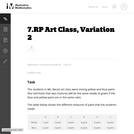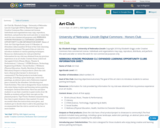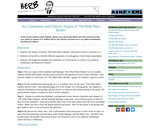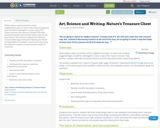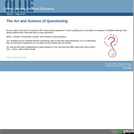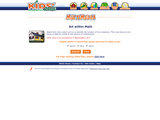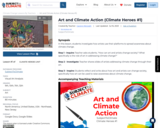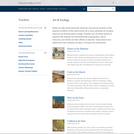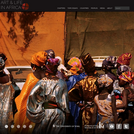Art Club
By: Elizabeth Griggs - University of Nebraska-Lincoln Copyright 2018 by Elizabeth Griggs under Creative Commons Non-commercial License. Individuals and organizations may copy, reproduce, distribute, and perform this work and alter or remix this work for non-commercial purposes only
NEBRASKA HONORS PROGRAM CLC EXPANDED LEARNING OPPORTUNITY CLUBS INFORMATION SHEET:
Name of Club: Art Club
Age/Grade Level: K-5
Number of Attendees: (ideal number) 10
Goal of the Club: (learning objectives/outcomes) The goal of this art club is to introduce students to various painting techniques.
Resources: (Information for club provided by) Information for my club was obtained from my previous experience at an art studio.
Content Areas: (check all that apply)
☒ Arts (Visual, Music, Theater & Performance)
☐ Literacy
☐ STEM (Science, Technology, Engineering & Math)
☐ Social Studies
☐ Wellness (Physical Education, Health, Nutrition & Character Education)
Outputs or final products: (Does the club have a final product/project to showcase to community?) The final products included many paintings, including a grass landscape, watercolor paintings, an abstract piece and a Halloween inspired piece created by the attendees.
Introducing your Club/Activities: This club is designed for those students who enjoy being creative and learning various painting techniques.
General Directions: Have fun and allow students to use their creativity to paint works of art. Be flexible as students will put their own spin on the planned projects.
Tips/Tricks: Students enjoyed having free time to paint whatever they wanted. It is most successful when few instructions were given, and students got to decide what to add to the paintings. It is recommended that the club is carried out by two or more leaders.
